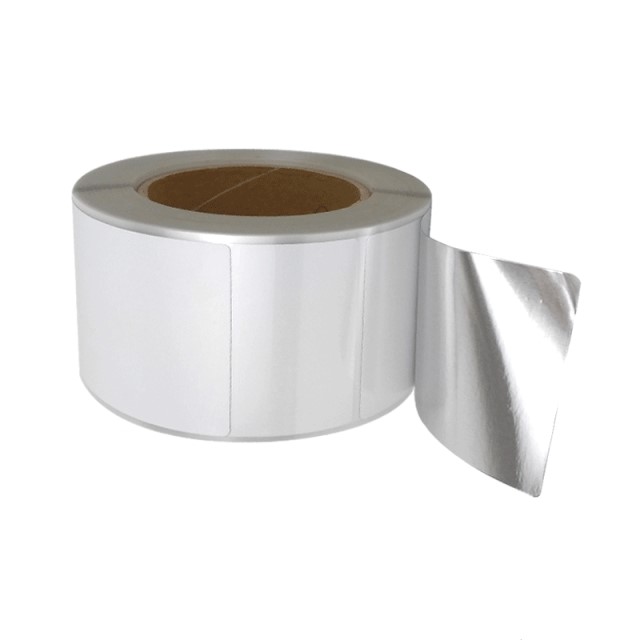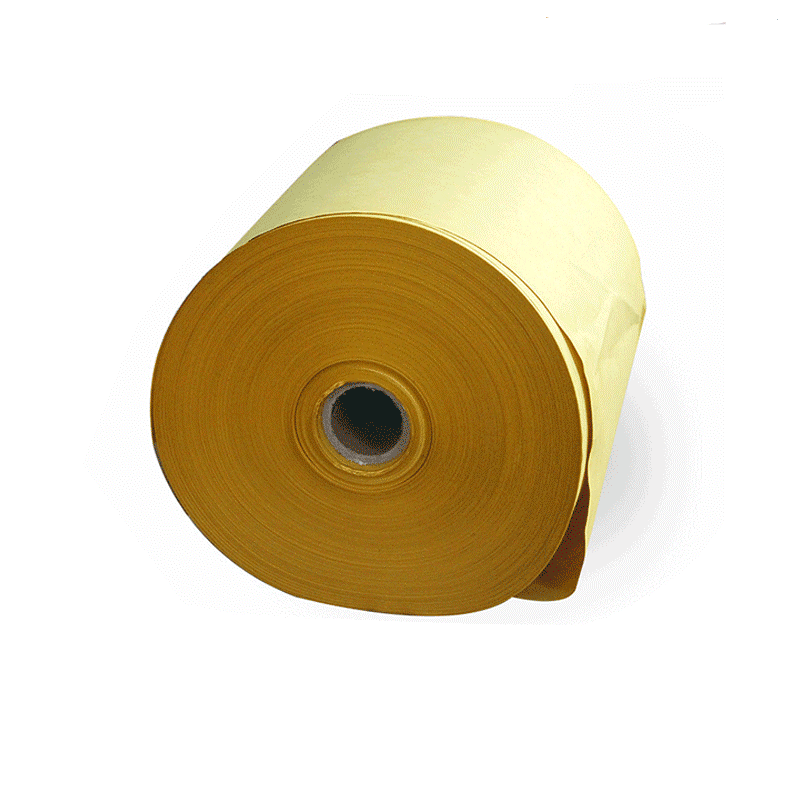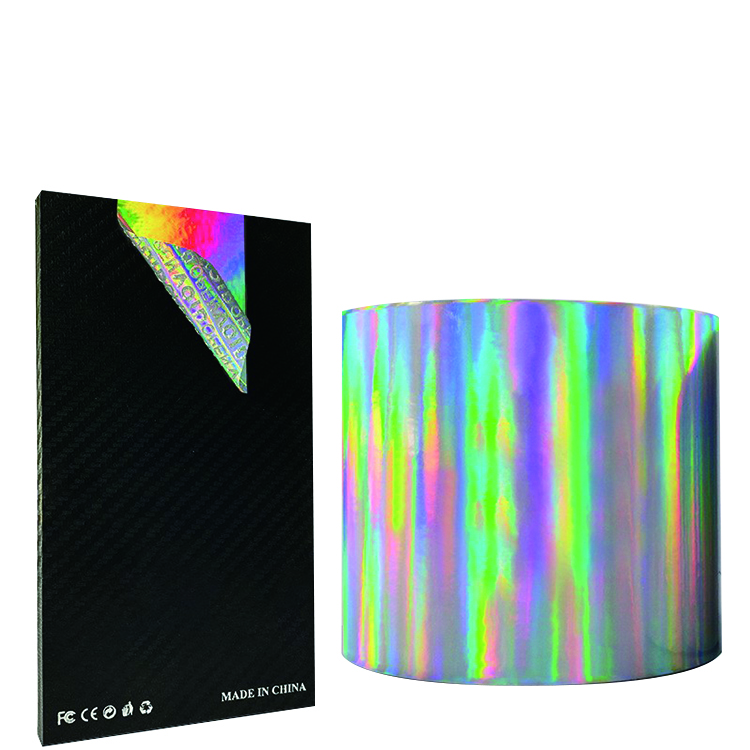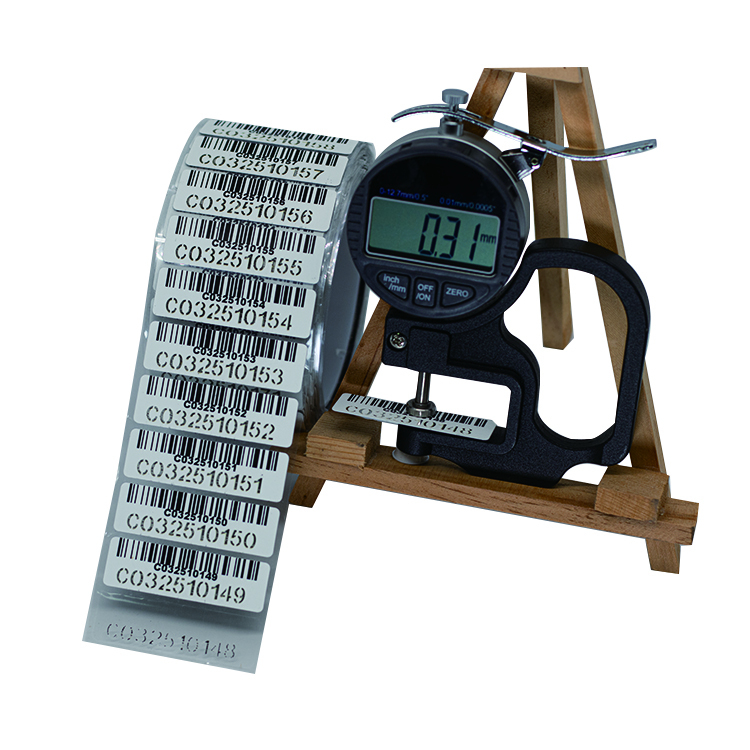High-Temperature Resistant Label Printing Technology in the Sticker Label Industry
Sticker labels play a crucial role in various industries, providing essential information and branding for products. However, certain environments, such as high-temperature conditions, pose challenges for label durability and legibility. To address these concerns, high-temperature resistant label printing technology has emerged as a game-changer. This article explores the significance of this technology and its impact on the sticker label industry.
Understanding High-Temperature Resistant Label Printing
High-temperature resistant label printing refers to the process of creating labels that can withstand extreme heat without compromising their quality. These labels are designed to endure elevated temperatures, ensuring that the printed information remains intact and legible, even in demanding environments.
Traditional label printing methods often struggle to maintain their integrity when exposed to high temperatures. The ink may fade, smudge, or even melt, rendering the label unreadable and diminishing its functionality. High-temperature resistant label printing technology overcomes these challenges, ensuring that labels remain effective and durable in extreme heat conditions.
The Importance of High-Temperature Resistant Labels
In industries such as automotive, aerospace, and electronics, high temperatures are a common occurrence. Without labels that can withstand these conditions, vital information, such as serial numbers, manufacturing dates, and safety warnings, may become illegible, leading to potential hazards, errors, or even accidents.
High-temperature resistant labels provide a reliable solution to ensure that critical information remains visible and intact, even in extreme heat environments. By utilizing these labels, manufacturers can maintain product traceability, enhance safety measures, and comply with regulatory requirements.
Technologies Enabling High-Temperature Resistance
Several printing technologies contribute to the development of high-temperature resistant labels:
1. Thermal Transfer Printing: This method utilizes a ribbon coated with a heat-resistant ink. The printer applies heat to transfer the ink from the ribbon onto the label material. The resulting labels can withstand high temperatures without compromising print quality or legibility.
2. Laser Printing: Laser printers use heat to fuse toner onto the label material. By selecting appropriate materials and toners, labels created through laser printing can exhibit excellent resistance to high temperatures.
3. Durable Substrates: The choice of label material is crucial for high-temperature resistance. Synthetic materials like polyester, polyimide, and polyethylene terephthalate (PET) are commonly used due to their ability to withstand extreme temperatures without degradation.
Applications of High-Temperature Resistant Labels
The implementation of high-temperature resistant label printing technology has revolutionized various industries:
1. Automotive Industry: High-temperature resistant labels are used on engine components, exhaust systems, and braking systems. These labels ensure that critical information, such as part numbers and safety warnings, remains visible, even in the presence of extreme heat generated by the engine.
2. Aerospace Industry: Labels applied to aircraft engines, landing gear, and interior components require high-temperature resistance. By utilizing these labels, airlines and manufacturers can ensure that maintenance instructions, inspection dates, and safety warnings are easily readable, enhancing overall safety and compliance.
3. Electronics Industry: In electronic devices, high-temperature resistant labels are crucial for maintaining product traceability, warranty information, and safety warnings. These labels withstand the heat generated by circuit boards, ensuring that the information remains legible and intact throughout the product's lifecycle.
The Future of High-Temperature Resistant Label Printing
As industries continue to evolve, the demand for high-temperature resistant labels will only increase. Manufacturers will strive to develop new materials and printing technologies to meet the growing requirements of extreme heat environments.
Emerging technologies like nanomaterials and advanced printing techniques hold promise for the future of high-temperature resistant label printing. These advancements may offer labels with enhanced durability, improved resistance to extreme temperatures, and increased customization options.
Conclusion
High-temperature resistant label printing technology has revolutionized the sticker label industry, enabling labels to withstand extreme heat without compromising their quality and legibility. These labels play a crucial role in industries where high temperatures are prevalent, ensuring that vital information remains visible and intact. With ongoing advancements in materials and printing technologies, the future of high-temperature resistant label printing looks promising, offering even greater durability and adaptability to meet the evolving needs of various industries.
We offer comprehensive technical support, including free professional labeling solutions, advice on label materials and adhesive selection, as well as online/offline assistance from professional software and hardware engineers. Service email: andy@ownlikes.cn. In pre-sales, we leverage our extensive experience in specialty labeling projects to provide clients with the most suitable hardware solutions. Additionally, all our label barcode printers and scanners come with a three-year free warranty, demonstrating our confidence in our products.






This site is protected by reCAPTCHA and the Google Privacy Policy and Terms of Service apply.